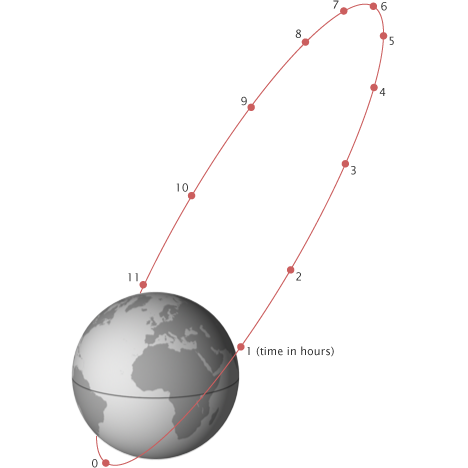SpaceX’s Starship, with its revolutionary reusability and low-cost launch capabilities, is poised to revolutionize space-based solar power generation, potentially making it more affordable and efficient than traditional methods of generating electricity on Earth. This paradigm shift in space travel could pave the way for innovative solutions to global energy needs.
Virtus Solis, a Michigan-based startup founded by former SpaceX engineer John Bucknell, aims to harness the power of Starship to deploy massive orbiting solar power arrays. These arrays, assembled in orbit by robots from modular components, could provide constant “baseload power” to regions on Earth, overcoming the intermittent nature of solar energy on the ground.
The key to making space-based solar power economically viable lies in reducing the cost of launching payloads into space. While traditional rocket launches are prohibitively expensive, SpaceX’s Starship promises to drastically reduce costs, potentially bringing the price per kilogram of payload to as low as $10. With such affordable access to space, Virtus Solis believes that the economics of space-based solar power generation will become increasingly favorable.

By leveraging Starship’s capabilities, Virtus Solis aims to deploy kilometer-wide photovoltaic arrays into highly elliptical Molniya orbits, providing ample sunlight exposure for power generation. These arrays could transmit energy to Earth via microwaves, providing a constant and reliable source of electricity.
Despite the promising outlook, challenges remain, particularly in wireless power transmission efficiency. Current systems have relatively low efficiencies, but Virtus Solis is working to improve this technology, aiming for practical efficiencies of around 20 percent.
Virtus Solis plans to launch a demonstration power-beaming satellite in 2027 to test in-space assembly and power transmission capabilities. By 2030, the company hopes to build a commercial-scale solar installation capable of transmitting megawatts of power to Earth.
SpaceX’s Starship, coupled with innovative solutions from startups like Virtus Solis, holds the potential to revolutionize the way we generate and transmit clean energy from space. As advancements continue, space-based solar power could become a significant contributor to meeting global energy needs while reducing reliance on fossil fuels and mitigating climate change.


